
Characteristics of stainless steel 316Ti
Chemical composition: Carbon (C): ≤0.08% Silicon (Si): ≤1.00% Manganese (Mn): ≤2.00% Phosphorus (P): ≤0.045% Sulfur (S): ≤0.030% Chromium (Cr): 1
Chemical composition:
Carbon (C): ≤0.08%
Silicon (Si): ≤1.00%
Manganese (Mn): ≤2.00%
Phosphorus (P): ≤0.045%
Sulfur (S): ≤0.030%
Chromium (Cr): 16.0018.00% or 18.0020.00% (slightly different for different materials)
Nickel (Ni): 10.0014.00% or 11.0014.00% (slightly different for different materials)
Molybdenum (Mo): 2.00~3.00%
Titanium (Ti): 5×C%~0.70%
Physical properties:
Density (20℃): 7.9 kg/dm³
Specific heat capacity (0~100℃): 0.5 kg/(kg·K)
Thermal conductivity (100℃): 16 W/(m·K)
Thermal conductivity (500℃): 24 W/(m·K)
Linear expansion coefficient (0~100℃): 15.7×10⁻⁶/K
Linear expansion coefficient (0~532℃): 17.6×10⁻⁶/K
Resistivity (20℃): 0.75 Ω·mm²/m
Longitudinal elastic modulus (20℃): 199 GPa
Magnetic properties: None
Mechanical properties:
Tensile strength: 520 MPa
Hardness: 180~220 HBW
Elongation: more than 40%
Fatigue limit: 150~200 MPa
Performance characteristics:
High corrosion resistance: It exhibits good corrosion resistance under high temperature and corrosive environment, especially suitable for application in chemical industry and marine environment.
High temperature stability: The addition of titanium element improves its high temperature stability, enabling it to maintain strength and corrosion resistance under high temperature environment.
Good welding performance: Compared with other stainless steels, 316Ti stainless steel has good machinability and deformability during welding.
Applicable to acidic environment: It has good resistance to corrosion in acidic environment.
High strength and hardness: It can maintain good strength and hardness at high temperatures.
Good processing performance: It can be processed by cutting, bending, welding and other processing operations.
Application areas:
Chemical industry: manufacturing equipment such as reaction vessels, pipes, pumps and valves.
Marine engineering: offshore platforms, ships, seawater treatment equipment and seawater desalination equipment, etc.
Food processing and medical equipment: It has good compatibility with food and drugs and is easy to clean and maintain.
Energy industry: manufacturing nuclear power plant equipment, gas turbine components and petrochemical equipment, etc.
Sewage treatment: used in sewage treatment plants to resist corrosion from chemicals and high-salinity water.
Architecture and building decoration: used for building facades, railings, handrails and other architectural decorative elements.
stainless steel processing
The manufacture of stainless steel involves a series of processes. First, the steel is melted, and then it is cast into solid form. After various forming steps, the steel is heat treated and then cleaned and polished to give it the desired finish. Next, it is packaged and sent to manufacturers, who weld and join the steel to produce the desired shapes.
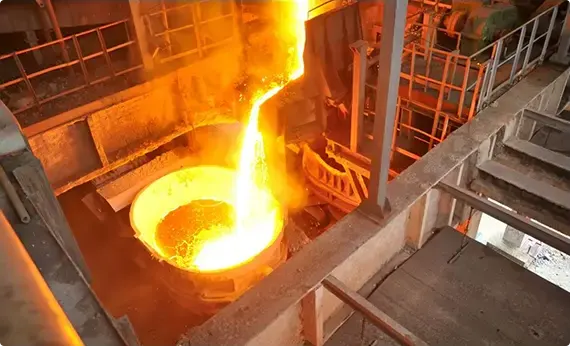
Melting and Casting
The raw materials that constitute a stainless steel item are placed together and melted in a giant electric furnace. Intense heat is applied rigorously for a period of 8 to 12 hours during this step. Once the melting is complete, the molten steel is cast into desired semi-finished forms. Some of the most common forms or shapes include slabs, blooms (rectangular shapes), billets (these could either be round or square), rods, and tube rounds.

Forming
In the second stage, the semi-finished steel shapes undergo a series of forming operations. For instance, the stainless steel is hot rolled (heated and passed through enormous rolls). The blooms and billets mentioned above are converted to bar and wire. The slabs on the other hand are formed into plates, strips or sheets. It is very common to turn semi-finished steel shapes into bars, as it is the most versatile stainless steel form (it comes in all grades and sizes). You have round, square, octagonal, and hexagonal bars, each suitable for a different type of application.
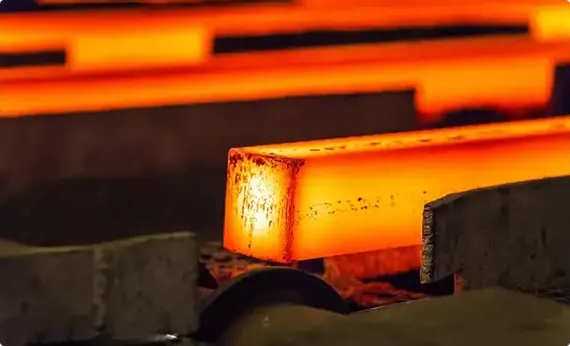
Heat Treatment
The various stainless steel forms undergo a thorough annealing process during this step. Annealing is another name for heat treatment where the stainless steel is heated and cooled in a controlled environment. The purpose of this heat treatment is to relieve the pent-up stress inside the stainless steel and soften the material to make it more suitable for a wide variety of applications. The people in charge of carrying out the annealing process have to be very careful about the conditions as even the slightest of changes in the temperature, pressure, duration, or cooling rate could result in a faulty product.
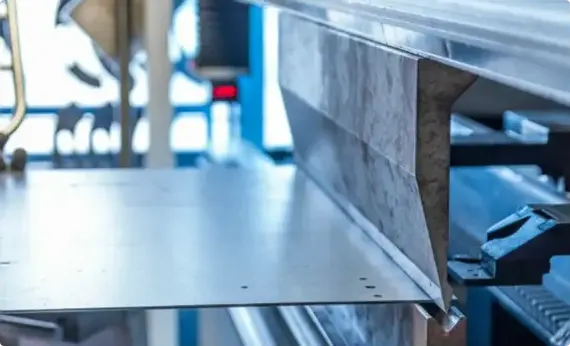
Descaling
During the annealing process, a certain amount of scale appears on the surface of the stainless steel. This scale can be removed using a number of different processes that are collectively known as descaling. Pickling is one of the more common methods of carrying out the descaling process.
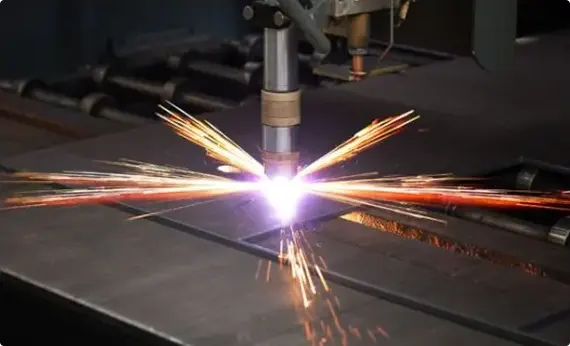
Cutting
The semi-finished, heat-treated, and descaled stainless steel forms are cut into specific shapes in this step. Mechanical cutting is performed with the aid of guillotine knives, blanking, nibbling, and high-speed blades.
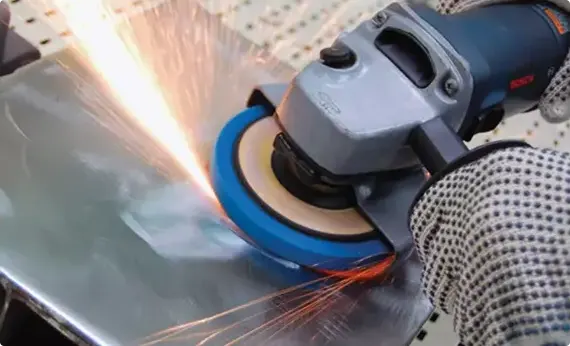
Finishing
Finishing is applied to help the stainless steel product achieve its signature aesthetically appealing appearance. Finishes are also needed to make the stainless steel product smooth and easier to clean, which is a top requirement in sanitary applications.
